 |
 |
 |
 |
 |
 |
|
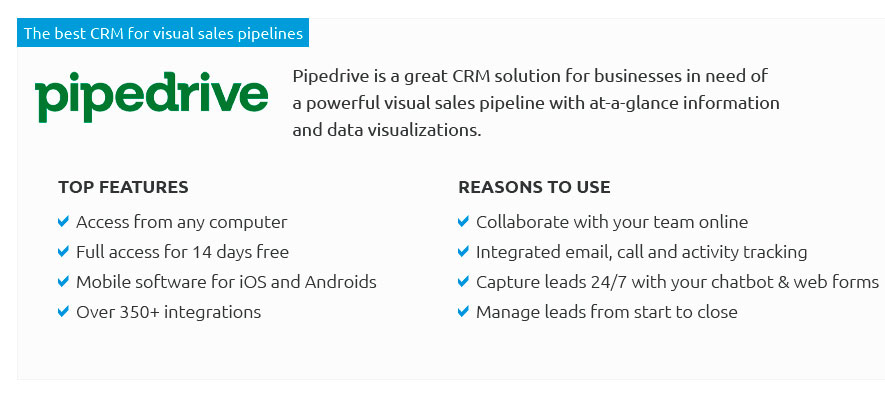 |
|
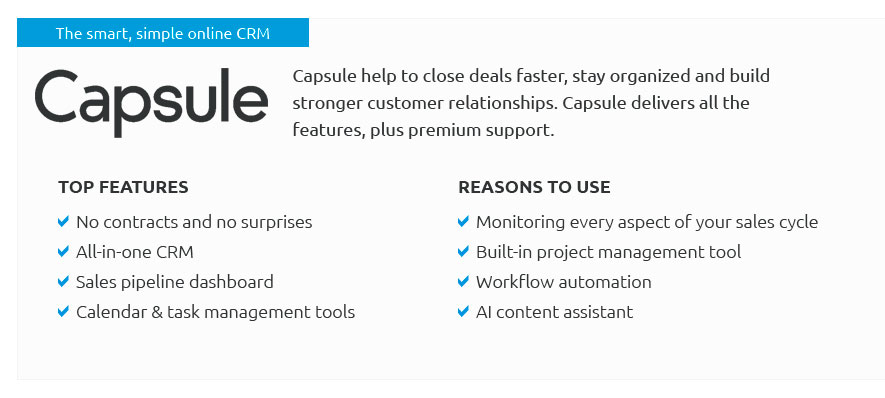 |
|
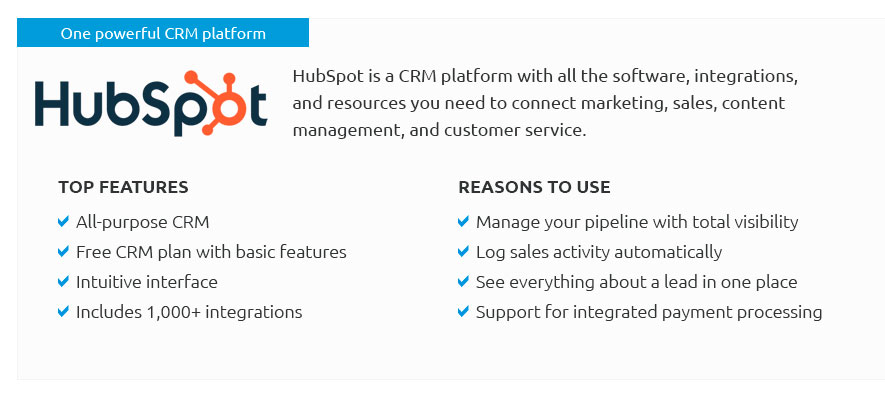 |
|
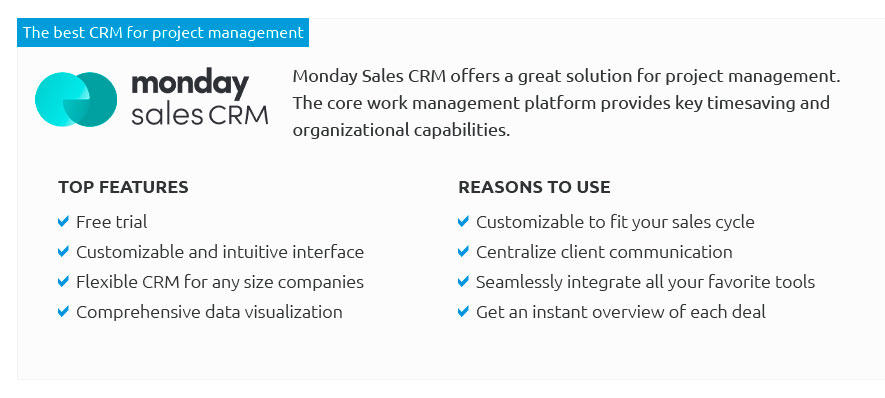 |
|
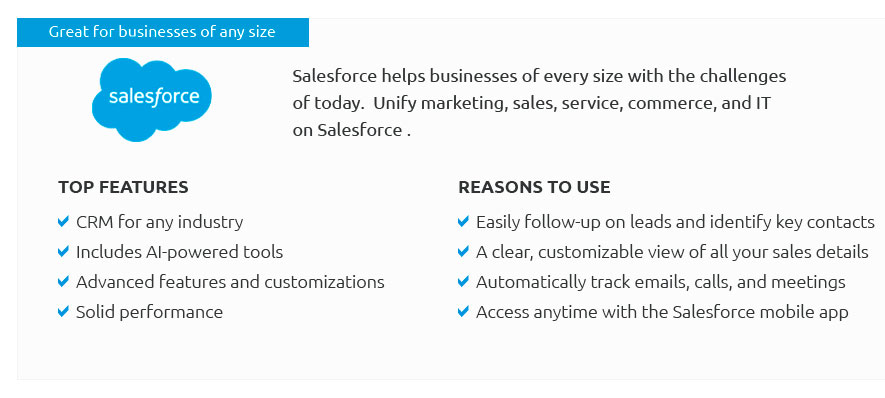 |
|
 |
 |
Collaboration Tools for Business: A Comprehensive OverviewIn today's fast-paced business environment, the ability to collaborate effectively is more crucial than ever. As companies expand globally, the need for robust collaboration tools has become indispensable. These tools not only facilitate communication but also enhance productivity by allowing teams to work seamlessly regardless of their geographical locations. This article delves into the myriad of collaboration tools available for businesses, providing insights into their features, benefits, and potential drawbacks, ultimately guiding decision-makers in making informed choices. To start, let's consider the foundational role of communication platforms such as Slack and Microsoft Teams. These tools are designed to streamline conversations by providing organized channels for specific topics, projects, or teams. With features like direct messaging, video conferencing, and file sharing, they create a virtual office environment where team members can communicate instantly. The integration capabilities with other software and applications further enhance their utility, allowing users to access calendars, task lists, and even project management tools without leaving the platform. Next, we turn our attention to project management tools like Asana, Trello, and Monday.com. These platforms offer a structured approach to managing tasks and projects, providing features such as task assignments, deadlines, progress tracking, and collaborative boards. By visualizing workflows, teams can easily identify bottlenecks, allocate resources efficiently, and ensure that projects stay on track. The ability to customize dashboards and reports empowers managers to gain valuable insights into team performance and productivity. Another critical category is file sharing and storage solutions. Tools like Google Drive, Dropbox, and OneDrive enable teams to store, share, and collaborate on documents in real-time. These platforms support version control, ensuring that everyone is working on the latest document iteration. The security features, including encryption and access controls, are vital for protecting sensitive information and maintaining compliance with data protection regulations. Video conferencing tools such as Zoom and Webex have gained prominence, especially with the rise of remote work. They offer high-quality video and audio communication, screen sharing, and recording capabilities. These features make them invaluable for virtual meetings, webinars, and training sessions, facilitating face-to-face interactions and engagement despite physical distances.
In conclusion, selecting the right collaboration tools for a business requires a careful analysis of the organization's specific needs, goals, and resources. By considering factors such as integration, usability, scalability, and cost, businesses can choose tools that not only enhance collaboration but also drive growth and success. Ultimately, the right collaboration tools will empower teams, foster innovation, and keep businesses competitive in a dynamic market landscape. https://lpsonline.sas.upenn.edu/features/10-virtual-collaboration-tools-boost-productivity-and-engagement
Slack channels allow people across departments, locations, and time zones (or other companies) to connect, monitor progress, and ensure that all ... https://resources.workable.com/tutorial/collaboration-tools
15 collaboration tools for productive teams - Flowdock is a group and private chat platform. - GoToMeeting is an online video conferencing ... https://www.pcmag.com/picks/the-best-online-collaboration-software
Our Top Tested Picks - Todoist - Asana - GanttPro - Miro - Microsoft 365 - Slack - Teamwork - Zoho Projects.
|